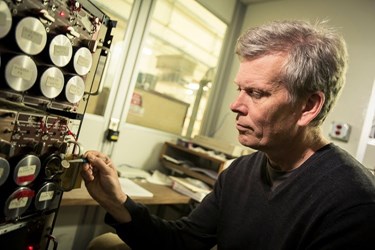Scientists Find New Way To Judge Drinking Water Age
Scientists have found a way to use atomic bomb fallout to help identify useful information about drinking water.
“James Waples, a scientist at the University of Wisconsin-Milwaukee, says that measuring the decay of strontium-90, a radioactive byproduct of nuclear fission, can help determine how long drinking water spends in a municipal or private building system before it reaches a customer's tap,” Michigan Live reported.
The report explained why it is important to understand the age of drinking water:
Municipal plants treat water with disinfectants like chlorine to prevent harmful microbial growth and keep people from getting sick. However, over time, those disinfectants react with organic material in the water and create toxic byproducts themselves. Minimizing water's time in the pipes maintains quality. But water can travel for days in municipal mains through large cities. In Flint, which has been grappling with a leaded water crisis, it took three weeks to clear corrosive river water from city pipes before Lake Huron water from Detroit was able to flow throughout the entire system again.
Waples explained how the process works: "We can go anywhere in a system at any time, grab a bucket of water and look at the ratio of radioactive yttrium to strontium. Based on the ratio at the source, we can then calculate how old that water is," he said, per the report.
“Strontium-90 is a radioactive isotope with a half-life about 30 years. In the 1940s, 50s and 60s, when the United States and Russia were testing atomic weapons, concerning levels were released into the atmosphere as nuclear fallout. Waples stressed that, while still measurable, strontium-90 fallout does not remain in the environment at dangerous levels,” the report said.
According to an announcement from the University of Wisconsin, Milwaukee, the researchers ”hope their dating method will lead to new insight into the factors that affect drinking water quality in the nearly 2,000 miles of water mains in Milwaukee and other distribution networks around the world.”
For similar stories, visit Water Online’s Drinking Water Disinfection Solutions Center.
Image credit: WM Photo/Derek Rickert

